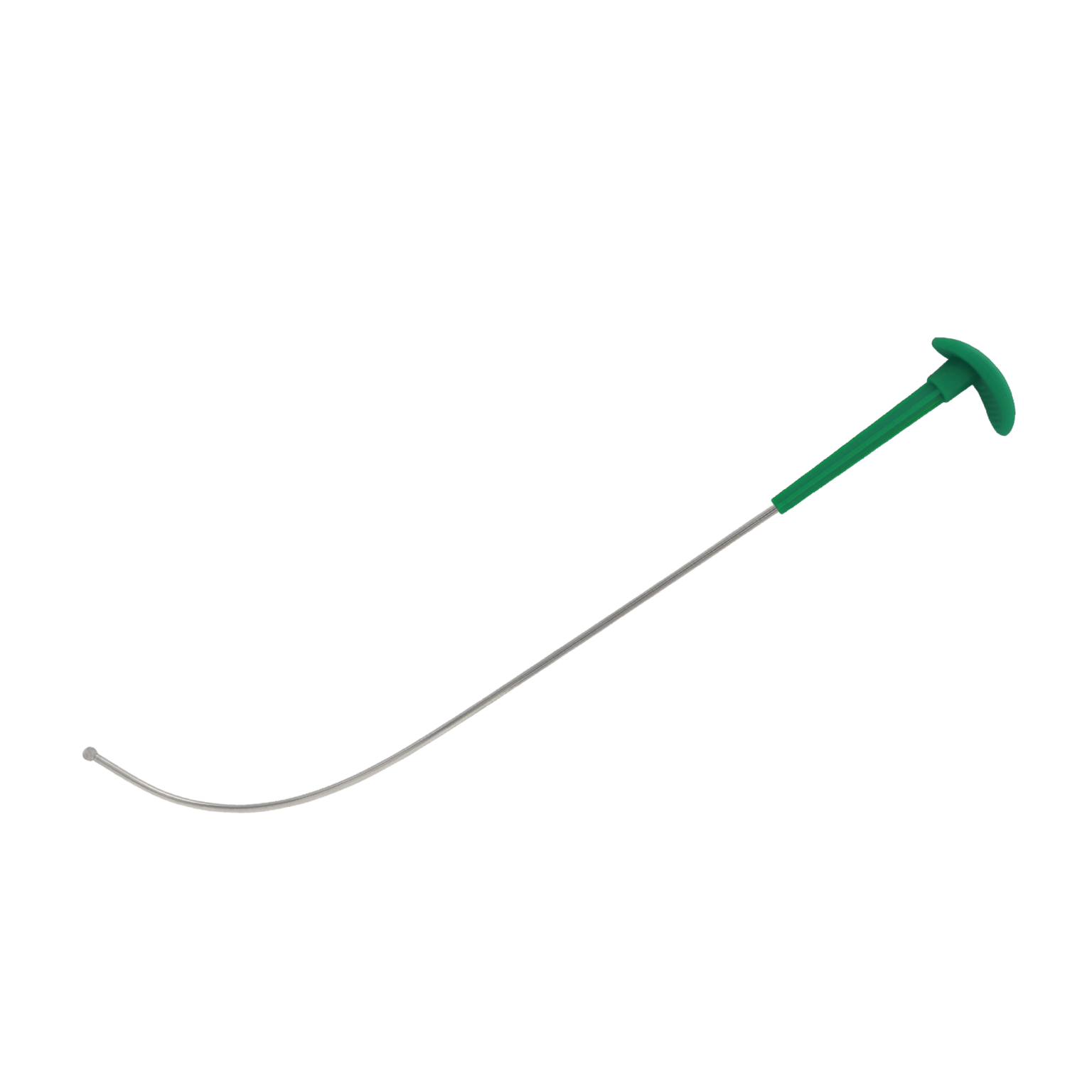business-services

May 22,2025 • 5 min read
Single Use Intubation Stylet: A Must-Have Tool for Every Anesthesiologist

Intubation is a critical procedure in anesthesia and emergency medicine, often performed under challenging conditions to secure a patient’s airway. The success of this procedure depends not only on the skill of the practitioner but also on the quality and reliability of the equipment used. One such piece of equipment that has gained significant attention in recent years is the single-use intubation stylet.
In this article, we explore why the single-use intubation stylet is now considered a must-have tool for every anesthesiologist and how it improves patient care and safety.
What is a Single Use Intubation Stylet?
An intubation stylet is a flexible, bendable tool used to guide an endotracheal tube (ETT) into a patient’s airway during intubation. The stylet is often shaped to conform to the anatomy of the airway and is essential for successful intubation, especially in difficult cases such as those with limited visibility or anatomical obstructions.
The single-use intubation stylet is designed to be used once and then discarded. Unlike reusable stylets, these disposable devices are intended for a single patient encounter, ensuring that they are free from contaminants and thus significantly reducing the risk of infection.
Why Single Use Intubation Stylets are Essential
1. Enhanced Infection Control:
Infection prevention is paramount in modern healthcare, particularly in critical care and anesthesia settings. Reusable intubation stylets, although sterilized between uses, may still carry a risk of cross-contamination, especially when the sterilization process is not meticulously followed. This risk is virtually eliminated with single-use stylets.
By using a single-use intubation stylet, anesthesiologists can ensure that every patient is treated with a completely sterile device, minimizing the risk of healthcare-associated infections (HAIs). This is particularly important in patients who may already be immunocompromised, such as those undergoing surgery or in intensive care units (ICUs).
2. Improved Safety and Reliability:
Single-use intubation stylets are often manufactured with strict quality control standards, making them highly reliable. Each device is pre-formed and pre-shaped, ensuring it functions optimally for its intended purpose. Since they are used only once, they are less likely to have wear and tear that could compromise their function, as may happen with reusable stylets over time.
Furthermore, single-use stylets are designed to be highly flexible yet durable, providing the ideal balance of rigidity and maneuverability during intubation. This flexibility enhances the anesthesiologist’s ability to navigate a difficult airway, especially in challenging cases where a patient’s anatomy may not be straightforward.
3. Convenience and Efficiency:
One of the primary advantages of single-use intubation stylets is their convenience. Anesthesiologists and emergency personnel can simply open a sterile package, use the stylet for the procedure, and dispose of it afterward, without the need for cleaning, sterilizing, or worrying about device integrity after multiple uses.
This time-saving factor is crucial in high-pressure environments such as operating rooms, trauma centers, and emergency departments, where swift decision-making and rapid execution are critical. With single-use devices, the workflow is streamlined, reducing delays and allowing for more focus on the patient’s care.
4. Cost-Effectiveness in the Long Term:
Although single-use intubation stylets may appear more expensive upfront than reusable options, their cost-effectiveness becomes apparent in the long run. Reusable stylets require regular maintenance, sterilization, and replacement of parts that wear out over time. This ongoing cost can add up, particularly in busy medical facilities.
On the other hand, with a single-use intubation stylet, the hospital or clinic only pays for the device when it is needed, with no additional costs for sterilization, maintenance, or replacement. Additionally, since they reduce the risk of infection and complications, single-use stylets can help lower the overall cost of patient care by preventing infections and improving outcomes.
5. Reduced Risk of Cross-Contamination:
Another significant advantage is the reduction in the risk of cross-contamination between patients. With reusable intubation stylets, there is always a potential risk that the device may not have been adequately sterilized, especially in busy or resource-constrained settings. This is not the case with single-use stylets, which are discarded immediately after use, ensuring they are never reused and thus never come into contact with multiple patients.
This feature is particularly beneficial in operating rooms and other high-stakes environments where patient safety is of utmost importance, and the consequences of infection or contamination can be severe.
Applications in Critical Care:
The use of a single-use intubation stylet is particularly relevant in the intensive care unit (ICU), emergency departments, and operating rooms, where airway management is often a matter of life and death. Anesthesiologists, emergency physicians, and respiratory therapists routinely rely on intubation to secure the airway of patients who require mechanical ventilation or anesthesia during surgery.
In situations where a patient has a difficult or challenging airway (e.g., due to facial trauma, obesity, or anatomical anomalies), the flexibility and precision of a single-use intubation stylet can make a significant difference in achieving successful intubation without causing harm or injury to the patient. These devices are designed to be easy to handle and maneuver, even in the most complex cases.
Conclusion:
The single-use intubation stylet is undeniably a must-have tool for every anesthesiologist, especially in environments where patient safety, infection control, and efficiency are paramount. By adopting these disposable devices, healthcare facilities can reduce the risk of cross-contamination, improve patient outcomes, and streamline the intubation process. With their ease of use, reliability, and infection control benefits, single-use intubation stylets represent a critical advancement in airway management and are set to remain a staple in medical practice for years to come.
Intubation Stylet Details
User Profile
- Full name
- Intubation Stylet
- Email address
- intubationhealthcare.us@gmail.com
- Join Date
- 2025-05-22
- State
- City
- Pincode
- Address
- Follow us on Facebook
- Follow us on Twitter
- Website Name
- Bio